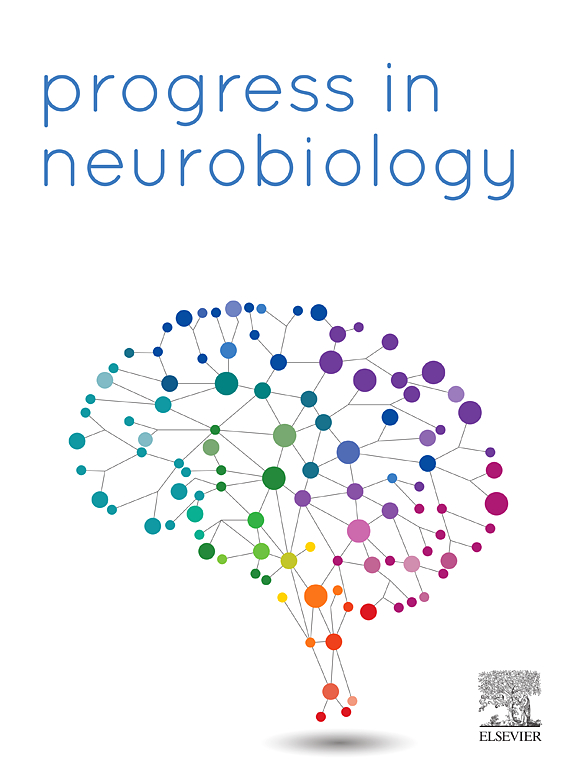Neural dynamics encoding risky choices during deliberation reveal separate choice subspaces
IF 6.1
2区 医学
Q1 NEUROSCIENCES
引用次数: 0
Abstract
Human decision-making involves the coordinated activity of multiple brain areas, acting in concert, to enable humans to make choices. Most decisions are carried out under conditions of uncertainty, where the desired outcome may not be achieved if the wrong decision is made. In these cases, humans deliberate before making a choice. The neural dynamics underlying deliberation are unknown and intracranial recordings in clinical settings present a unique opportunity to record high temporal resolution electrophysiological data from many (hundreds) brain locations during behavior. Combined with dynamic systems modeling, these allow identification of latent brain states that describe the neural dynamics during decision-making, providing insight into these neural dynamics and computations. Results show that the neural dynamics underlying risky decisions, but not decisions without risk, converge to separate subspaces depending on the subject’s preferred choice and that the degree of overlap between these subspaces declines as choice approaches, suggesting a network level representation of evidence accumulation. These results bridge the gap between regression analyses and data driven models of latent states and suggest that during risky decisions, deliberation and evidence accumulation toward a final decision are represented by the same neural dynamics, providing novel insights into the neural computations underlying human choice.
在审议过程中编码风险选择的神经动力学揭示了单独的选择子空间。
人类的决策涉及多个大脑区域的协调活动,协同行动,使人类能够做出选择。大多数决策都是在不确定的情况下进行的,如果做出错误的决策,预期的结果可能无法实现。在这些情况下,人类在做出选择之前会深思熟虑。思考背后的神经动力学是未知的,在临床环境下的颅内记录提供了一个独特的机会,可以记录行为过程中来自许多(数百个)大脑位置的高时间分辨率电生理数据。与动态系统建模相结合,可以识别决策过程中描述神经动力学的潜在大脑状态,从而深入了解这些神经动力学和计算。结果表明,基于风险决策(而非无风险决策)的神经动力学根据受试者的偏好收敛到独立的子空间,并且这些子空间之间的重叠程度随着选择的接近而下降,表明证据积累的网络级表示。这些结果弥合了回归分析和潜在状态数据驱动模型之间的差距,并表明在风险决策过程中,深思熟虑和最终决策的证据积累由相同的神经动力学表示,为人类选择背后的神经计算提供了新的见解。
本文章由计算机程序翻译,如有差异,请以英文原文为准。
求助全文
约1分钟内获得全文
求助全文
来源期刊

Progress in Neurobiology
医学-神经科学
CiteScore
12.80
自引率
1.50%
发文量
107
审稿时长
33 days
期刊介绍:
Progress in Neurobiology is an international journal that publishes groundbreaking original research, comprehensive review articles and opinion pieces written by leading researchers. The journal welcomes contributions from the broad field of neuroscience that apply neurophysiological, biochemical, pharmacological, molecular biological, anatomical, computational and behavioral analyses to problems of molecular, cellular, developmental, systems, and clinical neuroscience.
 求助内容:
求助内容: 应助结果提醒方式:
应助结果提醒方式:


